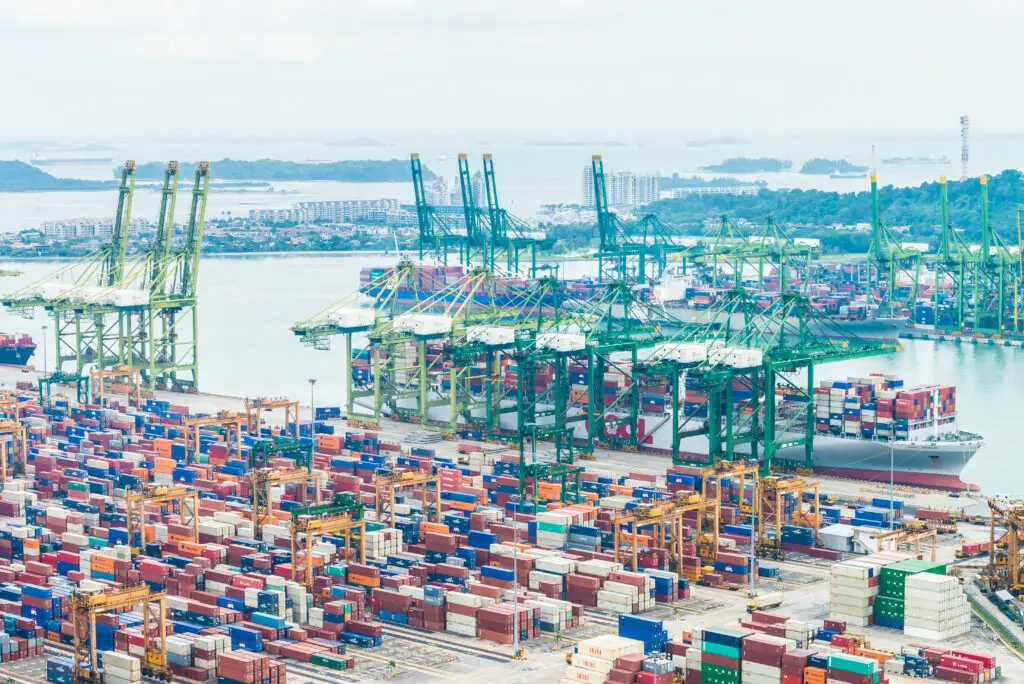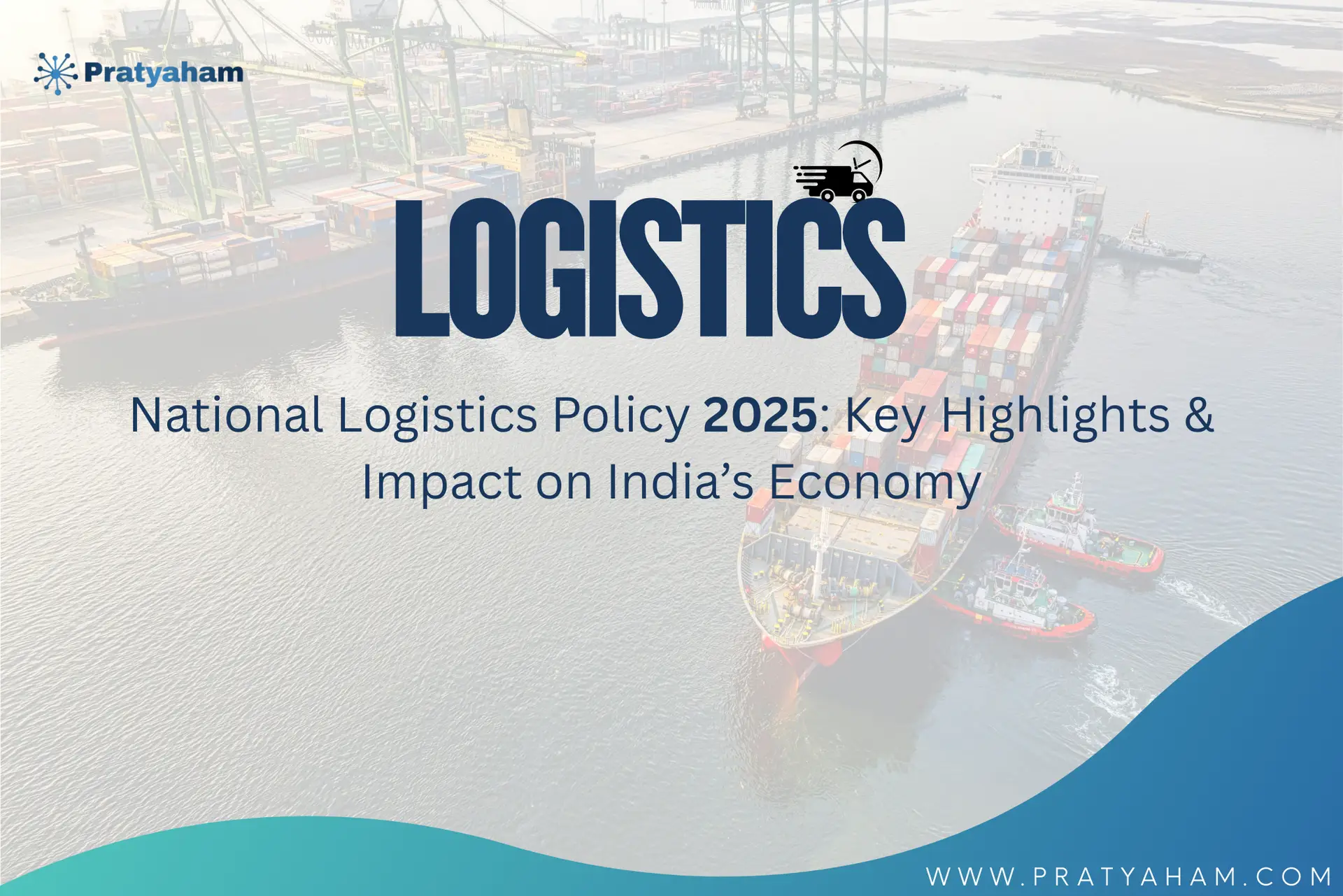India’s logistics sector, long burdened by inefficiencies and fragmented operations, is undergoing a significant transformation. The National Logistics Policy 2025 (NLP 2025) represents a bold step by the Indian government to streamline operations, reduce costs, and make the country a global logistics powerhouse.
In this blog, we break down the key highlights, strategic goals, and potential impact of this landmark policy.
What is the National Logistics Policy 2025?
The National Logistics Policy (NLP) was introduced by the Government of India to create a unified, tech-enabled, and cost-efficient logistics ecosystem. The 2025 edition focuses on improving multimodal connectivity, digitizing the supply chain, and enhancing the ease of doing business for logistics-dependent sectors.

Top Highlights of National Logistics Policy 2025
1. Unified Logistics Interface Platform (ULIP) 2.0
The new version of ULIP integrates more than 50 logistics-related government systems on a single digital interface. This promotes real-time tracking, faster approvals, and transparency across supply chains.
2. Reduction in Logistics Costs
NLP 2025 aims to bring down logistics costs from the current 13–14% of GDP to below 8% by 2030, making Indian exports more competitive globally.
3. PM Gati Shakti Integration
The policy is closely aligned with PM Gati Shakti, ensuring efficient use of transport infrastructure like highways, rail, ports, and airports through coordinated planning between central and state agencies.
4. Sector-Specific Logistics Plans
Dedicated strategies for high-impact sectors such as e-commerce, pharmaceuticals, agriculture, and manufacturing ensure sector-tailored interventions and efficiency gains.
5. Logistics Skill Development
NLP 2025 introduces certification and training programs under the Skill India Mission to upskill the workforce, especially in warehousing, freight management, and automation.
6. Multimodal Logistics Parks (MMLPs) Expansion
India will establish 35+ Multimodal Logistics Parks to boost intermodal connectivity, streamline freight movement, and reduce transit delays.
7. Green Logistics and Sustainability
The policy encourages the adoption of EVs in cargo movement, low-emission transport modes, and green warehousing to support India’s climate goals.
Why NLP 2025 Matters for India
Boost to Exports: Lower logistics costs make Indian products more competitive in global markets.
Faster Delivery: Improved infrastructure means quicker movement of goods across states.
Ease of Doing Business: Startups and MSMEs benefit from reduced compliance and better digital support.
Investment Magnet: Improved logistics encourages both domestic and foreign investment in manufacturing and e-commerce.
Challenges Ahead
While the policy is promising, execution remains key. Issues such as last-mile connectivity, rural logistics gaps, and adoption of tech in Tier 2 & Tier 3 cities need attention.
Conclusion
The National Logistics Policy 2025 is not just a government document—it’s a roadmap for India’s economic future. With the right implementation, it has the power to modernize India’s supply chain, empower MSMEs, and position India as a global trade hub.
Stay tuned to Pratyaham for regular updates on India’s infrastructure and logistics reforms.


Leave a Reply